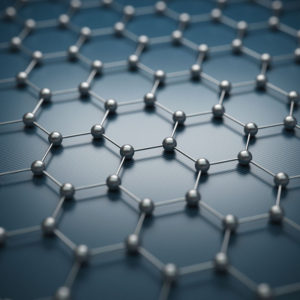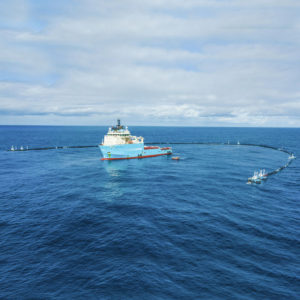Graphene and other Carbon Allotropes
Graphene was originally synthesised and isolated in 2004 by Andre Geim and Konstantin Novoselov and since then much research as been done exploring its properties and possible uses as the world gears up for a Graphene led revolution. Other material related to Graphene have also been created in the lab such as Fullerene which is a small piece of Graphene rolled into a soccer ball shape and nanotubes with is a small piece of graphene rolled into a tube. Graphene has many potential uses such as Graphene enhanced materials such as stronger concrete, electronics (sensors, flexible displays and solar panels) and higher capacity and faster charging batteries. One exciting possible use for Graphene is for water filtration. A filter made of Graphene can turn salt water to drinking water. A sieve created by a UK-based team of researchers uses a Graphene oxide membrane to convert salt water into drinking water. It is gravity fed and uses no electricity, potentially replacing the need for other methods such as reverse … Read more


